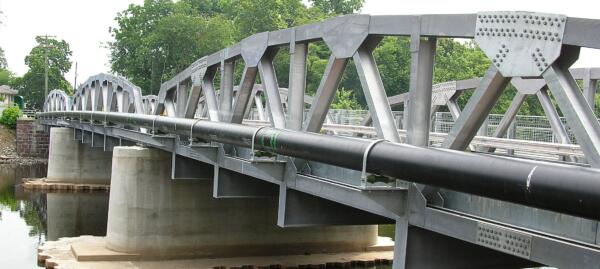Hot-Dip Galvanized Steel for Transportation

The Hot-Dip Galvanized Steel for Transportation online course is a transportation-specific offshoot of the Galvanize It! seminar series, developed by the American Galvanizers Association (AGA) from the popular in-person seminar to assist in the design and integration of corrosion protection into steel transportation infrastructure projects.
The American Galvanizers Association (AGA) is a non-profit trade association dedicated to serving the needs of after-fabrication hot-dip galvanizers, fabricators, architects, engineers, and other specifiers. The AGA provides technical support on today's innovative applications and state-of-the-art technological developments in hot-dip galvanizing for corrosion control.
Continuing Education Credit
The AGA is a registered provider with the following agencies. Credit earned upon completion of the course and passing the test (requires 80% or better) will be reported only at your request (by providing your AIA/ACECnumber). This on-demand course is available for 1 hour of HSW credit.

American Institute of Architects
AIA/CES Policy on Endorsement: The following program is registered with the AIA/CES and does not include content that may be deemed or construed to be an approval, sponsorship, or endorsement of any material of construction or any method or manner of handling, using, distributing, or dealing in any material or product.

Purpose of the Seminar
The purpose of this seminar is to inform and educate architects, engineers, and other specifiers about hot-dip galvanized steel and how it can be used in the transportation industry, from bridges and highways to mass transit applications.
Learning Objectives
Upon completion of this course, you will be able to:
- Identify various markets within the transportation industry and their inherent corrosion issues.
- Determine how hot-dip galvanizing can protect against steel corrosion in bridge, highway, and mass transit applications.
- Understand how galvanized steel can significantly reduce economic and environmental costs over the life of a transportation project.
Revised - September 2020